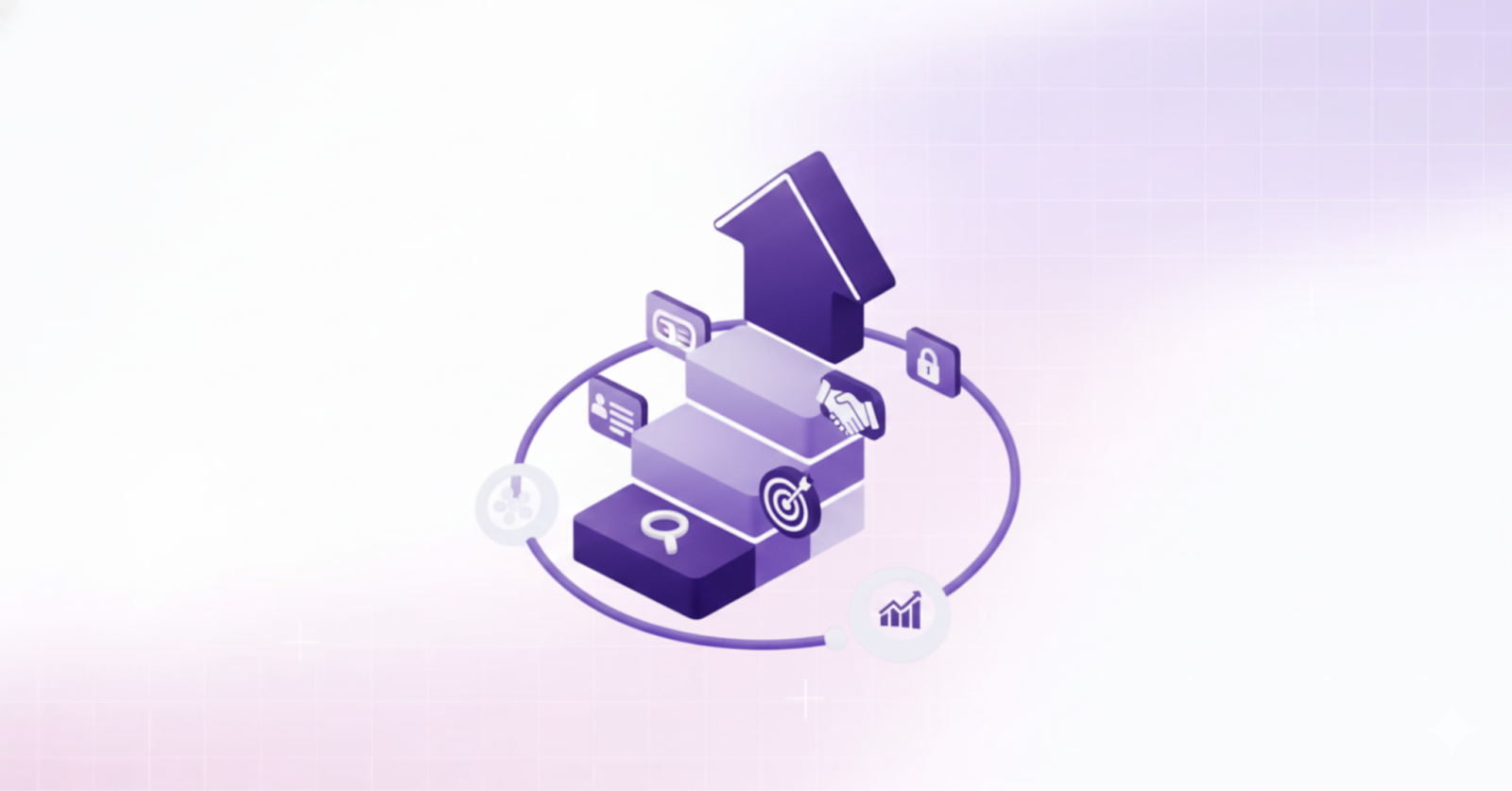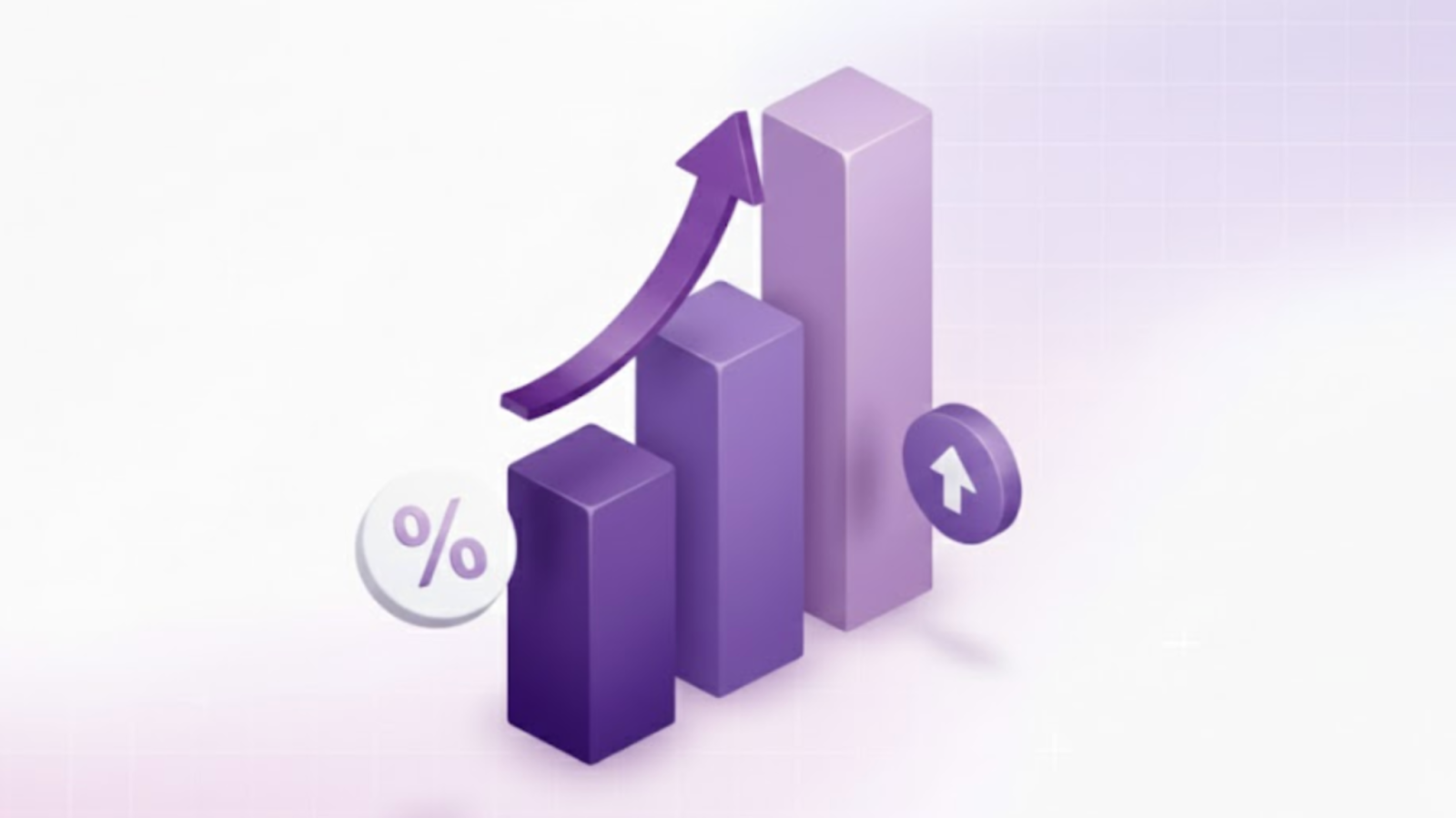Generic sales pitches don’t sell. Decision-makers receive dozens of these daily, and the bar for capturing their attention continues to rise.
This reality has created an unspoken mandate for Account Executives (AEs) to create bespoke sales materials for every prospect at every stage of the sales cycle.
According to Salesforce, non-selling tasks consume 70% of reps’ time. AEs spend most of their day on administrative work and meeting preparation instead of connecting with customers.
The real impact of personalization on your sales efforts
Consider the typical workflow for an AE preparing for a new opportunity:
Step 1: Build customized client outreach strategies based on the prospect’s industry, challenges, and strategic initiatives
Step 2: Create personalized sales content and tailored sales presentations with relevant case studies and industry-specific messaging
Step 3: Create battle cards addressing competitor claims specific to this prospect
Step 4: Develop client-specific proposals and ROI models based on the prospect’s unique needs
Creating personalized sales content for a single deal can consume many hours. When you multiply that across an average sales pipeline with numerous active opportunities, the numbers become alarming. Your AEs spend countless hours on customized client outreach instead of direct selling activities.
The complexity grows even further when you add multiple stakeholders to the mix.
Forrester reports that 63% of purchases involve more than four people, including different buyer roles, champions, influencers, decision makers, users, and ratifiers from multiple departments.
The sad truth? Your AEs spend more time customizing PowerPoint presentations than participating in client conversations.
You can easily determine if your personalization efforts have crossed into inefficiency. Ask these questions:
- What percentage of time do your AEs spend creating or modifying sales materials?
- How much revenue do you potentially lose due to reduced selling time?
- How quickly do your reps respond when prospects request additional information?
- How does your time-to-close compare to industry benchmarks?
Depending on your answers, you likely face these cascading problems:
- Slower response times: The need to customize creates delays when prospects request information
- Inconsistent messaging: Brand consistency suffers when each AE creates their own materials
- Limited scalability: Content creation becomes a bottleneck that prevents top performers from taking on additional accounts
- Burnout risk: Sales talent didn’t join your organization to become presentation designers
- Knowledge silos: Effective customizations remain trapped on individual laptops rather than benefiting the entire team
How to enable smart personalization at scale
Sales teams need a structured approach to maintain the impact of personalized sales content while preserving selling time. Here’s how AI can help:
1. Personalize sales emails and outreach
AI can drastically cut down your prospecting time. It analyzes your prospect’s digital footprint and instantly identifies relevant pain points, recent company announcements, and industry trends.
This allows you to craft deeply researched messages without investing excessive time. AI helps create meaningful connections from the first interaction instead of using generic templates with name changes, increasing response rates while saving hours of manual research per prospect.
2. Automate content customization
AI sales engineer platforms like SiftHub integrate with your CRM to generate tailored materials on demand. These tools automatically pull relevant case studies, testimonials, and product information based on the prospect's industry, size, and challenges.
McKinsey reports that companies who invested in personalization capabilities experienced growth in market share, with 77% of companies using direct one-to-one personalization observing an increase.
Salesforce's survey confirms this finding, identifying customer needs understanding and personalization among the top 5 biggest impact areas of AI.
3. Personalize tone and terminology based on industry context
Speak your prospect’s language instead of using generic messaging. AI analyzes industry publications, competitor materials, and the prospect's own content to identify terminology patterns and communication preferences.
You can create dynamic content libraries that automatically adjust technical depth, formality, and emphasis based on whether you're speaking to IT, finance, or C-suite audiences.
This approach ensures that technical audiences receive the detailed specifications they need while executives see the strategic business outcomes that matter to them.
4. Use AI-driven engagement analytics
AI analytics track which content elements, messaging approaches, and customization tactics actually drive engagement and conversions. Rather than blindly personalizing everything, AI identifies the specific personalization elements that move deals forward.
Track which slides resonate with prospects, which proposal sections receive the most comments, and which messages generate responses. This intelligence allows AEs to focus their customization efforts only on high-impact areas.
The key? Make personalization more efficient and targeted, freeing AEs to focus on relationship building and closing deals rather than endlessly creating tailored sales presentations and client-specific proposals.
In conclusion
Business buyers have high expectations: 86% are more likely to buy from companies that understand their goals, yet 59% say most sales reps don't take the time to understand them. Similarly, 84% of business buyers expect sales reps to act as trusted advisors, but 73% feel most sales interactions are merely transactional.
These statistics capture the reality perfectly. Customers expect personalization, but AEs lack the time to create effective client-specific proposals and meaningful customized client outreach.
The future of sales isn't choosing between personalization and efficiency; it’s achieving both simultaneously. By implementing the right systems, technologies, and processes, you can give your AEs back their most valuable asset—time—to build relationships and close deals.


.avif)







